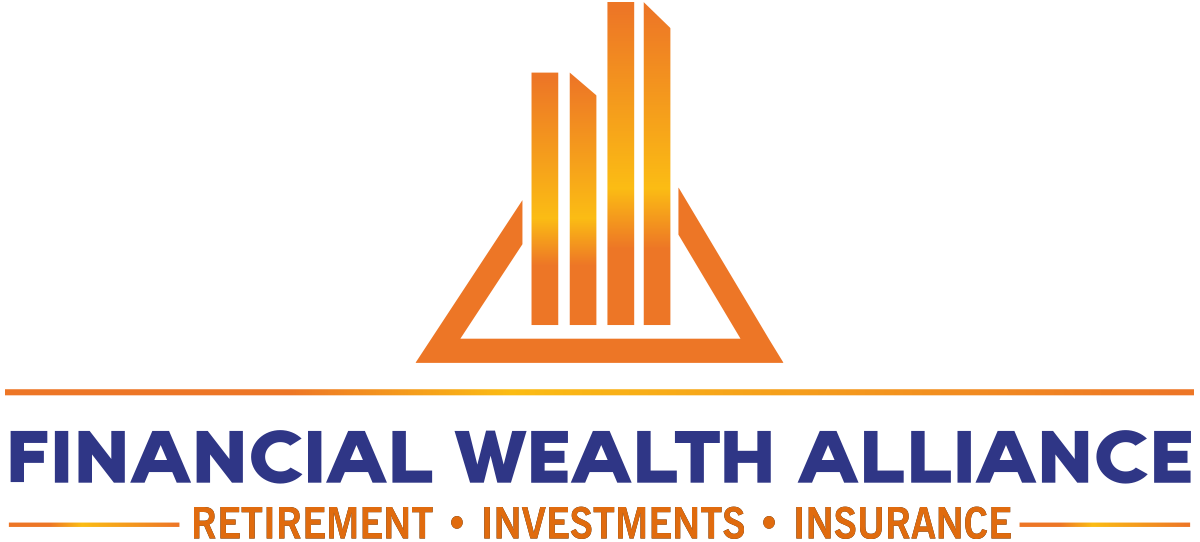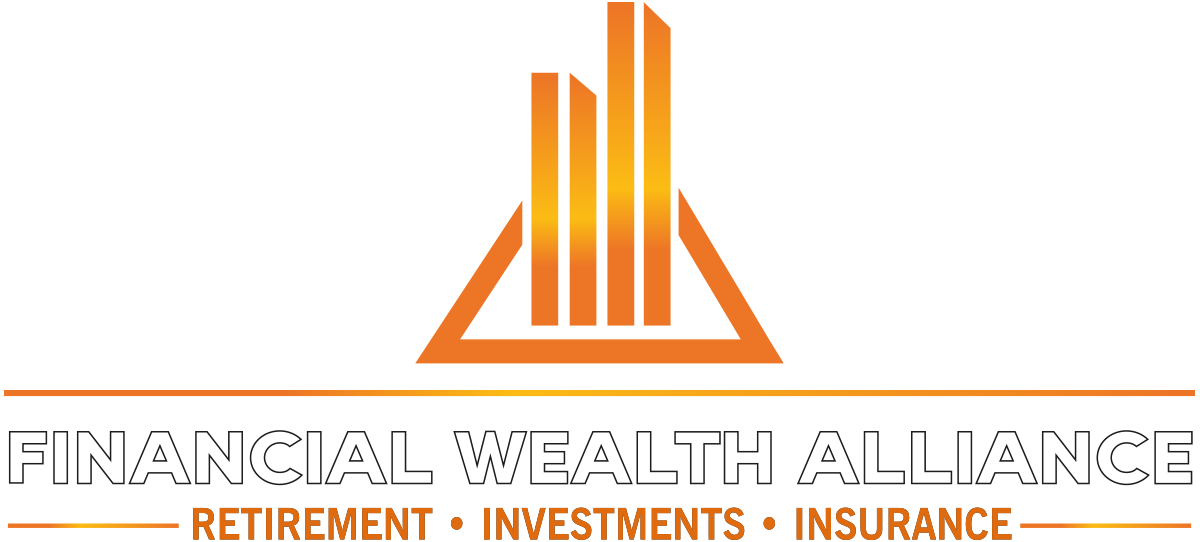Sequence of returns risk can put your retirement portfolio in jeopardy, but what is it, and how do you fight it?
We get it. Retirement can be scary. We know this because it’s our job to help our clients plan for and seamlessly transition into what should be one of the most rewarding times of their lives. What we often find, however, is that most are worried about retirement because of the risks that come with it. But what are some of the risks that strike fear in the hearts of retirement hopefuls? Well, the first is related to longevity—it’s the possibility of running out of money as you get older, and being unable to go back to work in order to support yourself. We also find that people getting ready to retire are concerned about inflation, the cost of health care, the possibility of needing long-term care and more.
There’s one risk, however, that hides in the shadows, waiting to rear its ugly head and throw turbulence into the lives of new retirees and those right on the edge of retirement. It’s called market risk, or the possibility that you could lose your retirement money during market crashes or downturns. How might this look? Specifically, something called sequence of returns risk can be the most dangerous aspect of market risk. And while it might sound complicated, it’s a simple concept with the potential to have major implications on your retirement dreams. Let’s go over what sequence of returns risk is, as well as a few ways you may be able to fight it!
What is Sequence of Returns Risk?
Simply put, sequence of returns risk is the risk of negative market returns occurring right before you retire and/or very early in your retirement. During this time, market downturns can have a much more significant impact on your portfolio.
Again, it might sound like some buzzword the financial industry throws around to scare consumers, but sequence of returns risk is exactly what it sounds like. It’s the sequence, or the order, in which your portfolio provides market returns. It’s key to remember that sequence of returns risk is specifically associated with money directly invested in the market. That means it could apply to vehicles like employer-sponsored retirement accounts, traditional and Roth IRAs, mutual funds, brokerage accounts, variable annuities and any other assets that can lose value during market downturns.
Now, let’s think about your goals for your retirement. If you’re just starting your career, or you’re right in the middle of your working years, you may contribute to your various saving and investing vehicles with the goal of having a large pool of funds when you finally retire at, say, 65 years old. You’d hope that diligent saving and favorable returns would bring your assets to their highest total right at that point, giving you ample funds to draw from once you retire.
Sequence of returns risk is the potential of the market dipping near the end of your career, or in the first few years of your retirement, meaning those drops affect your account balances at their peak. You would then take losses on greater amounts of money, creating greater losses. While you never want to experience dips, it makes sense why you’d hope those periods of market volatility that you will likely encounter at some point during retirement occur farther down the road, especially when you’re concurrently withdrawing money to support your lifestyle.
An Example Where Both Retirees Have $1 Million Saved
Just as an example, let’s consider two retirees, and what happens during their first 10 years of retirement. Both have $1 million saved, and they both determine they need to withdraw $50,000 per year from their accounts to fund their lifestyles.
Our first retiree is lucky. They retire and then experience eight years of a bull market, growing their portfolio by 5% each year. In the next two years, however, they experience declines of 5%, bringing their balance back down.
The other retiree sees the exact opposite sequence. They immediately encounter a bear market upon entering retirement, which drops their accounts by 5% in each of the first two years. Then the market rebounds and goes up 5% each year for the next eight years.
Both retirees continued to withdraw $50,000 per year from their accounts. So, what was the result?
Even though both retirees had the same initial balance, withdrew the same amounts, experienced eight years of bull markets and two years of bear markets, the order or “sequence of returns” made a big difference.
The first retiree didn’t experience market dips at the beginning when their account balances were highest. At the end of the 10-year period, they still had $788,329 left in their account.
The other retiree, on the other hand, wasn’t so lucky. They took losses during the first two years of their retirement, on their highest balances, and by the end of the 10-year period, they only had $695,226.
(Please remember this example is purely hypothetical and not reflective of real scenarios or real people. We simply used a starting balance of $1 million for each person, then subtracted $50,000 in income at the beginning of each year, then multiplied the accounts’ balances by the annual positive or negative effect on the market we imagined for this example. Actual market returns are unpredictable and tend to vary far more than in the case study shown. This is strictly to display the potential effects of the aforementioned risk.)
What are Some Ways to Mitigate Sequence of Returns Risk?
You can see how the sequence of your returns can affect your portfolio. The market is unpredictable and bottomless, so it’s important to try to shield yourself from, or at least mitigate the possibility of, taking those losses at the starting gate. But how can you do that when the market is completely out of your control? Well, you have a few options.
First and foremost, you can work with a financial professional to diversify your portfolio. While diversification can never guarantee any level of protection or growth, it may give you the ability to withstand dips in certain sectors of the market. It also spreads risk across different asset classes, or even different categories within the market itself. That can potentially help you avoid taking losses in your entire portfolio, even if one sector experiences headwinds.
For instance, non-correlated asset classes, which could include annuities or life insurance policies, might be a retirement diversification option for some people. Modern policy designs like fixed-indexed annuities and indexed universal life insurance policies are typically linked to a market index, while not actually participating in the market. These products can provide the upside of market gains while still protecting the principal, or the money used to fund the policy, in addition to locking in the gains.
These solutions may not match every consumer’s situation or financial objectives, however, so it’s important to speak to your advisor to explore policies and see if they make sense for your portfolio. For some people, annuities can provide a stream of retirement income that can cover lifestyle expenses, allowing retirees to leave their assets in the market during downturns rather than being forced to make withdrawals.
Be sure to speak with a financial professional who understands your circumstances, goals and tolerance for risk. The right partner can help you develop a custom withdrawal strategy and a plan to generate a reliable stream of income with your accumulated retirement assets. Your plan may include portfolio diversification, the establishment of a liquid emergency fund, the inclusion of alternative strategies and more, all with the intention of making your money last your entire life.
If you have any questions about how you can fight sequence of returns risk, give us a call today! You can reach Financial Wealth Alliance in Chicago at 847.312.3454.



 Polska wersja
Polska wersja